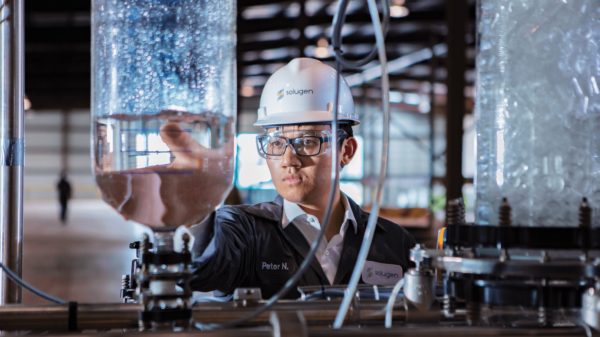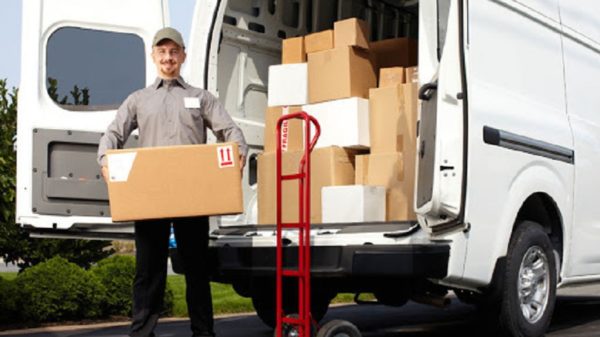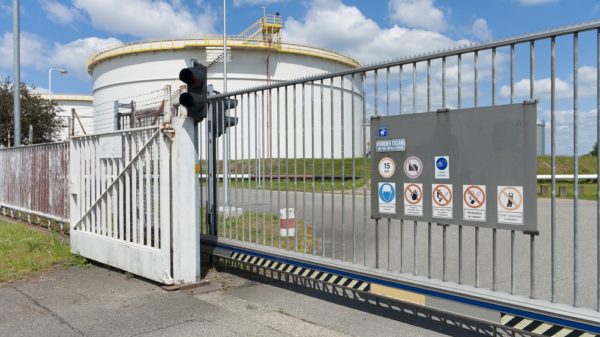Electronic waste (e-waste) is the largest and fastest growing stream of waste in the world, exposing society to severe long-term environmental and health hazards. As rapid development in technology causes faster obsolescence of devices (smartphones, laptops, household electronics), more and more gadgets find themselves in the trash. But e-waste that is disposed of incorrectly can free like lead into the earth, as well as mercury and cadmium that will make the soil and water contaminated. How can electronic waste can be reduced or disposed of or reused properly so that we can more significantly benefit the environment?
About the Environmental Impact of E-Waste
Electronic waste has a clueless of important resources such as copper, gold and silver and also dangerous toxins that have the potential to harm ecosystems if they are discarded improperly. Electronics are often dumped in landfills and as they break down they leak toxic chemicals, polluting the ground and air. The contamination is not limited to just killing plants but is also a threat to human health, as these chemicals can seep into ground water supplies. This environmental stress can be greatly alleviated by repurposing and recycling electronics. E-Waste Recycling Responsible Disposal Methods And Sustainable Benefits Magazinegood com To find out more about how you can minimize your electronic footprint, head to site:magazinegood.com Got E-waste, Experts Share E-waste Management Tips On The Go-2022 E-waste | e-WasteNews.
Recycling and Reusing Electronics
Recycling and reusing old devices is one of the best ways to reduce e-waste. There are trade-in or recycling programs by many electronic manufacturers and retailers where consumers can return old electronics for safe disposal. And, donating working but dated devices to charities, schools, or non-profits free their lifespan and reduce waste. Others, like circuit boards and batteries, need to be recycled using specific processes to avoid polluting the environment. Expertypro com given information about how you can search have responsible recycling centers and sustainable disposal solutions. Visit site:expertypro.com to find some effective, eco-friendly e-waste management practices.
Safe Disposal of Batteries and Hazardous Components com
When the batteries in phones, such as lithium-ion batteries, and lead-acid batteries are not recycled correctly, they may leak harmful substances, start fires, or release toxic gas. A lot of local governments have already established drop off points for battery recycling so you can be safe in the knowledge that these toxic components are being recycled as safely as possible. Other retailers, however, have battery recycling bins so that consumers can dispose of them in a more environmentally friendly way. Improper battery disposal can lead to dangerous hazards. In this article, Revealspro com shares tips on how to deal with hazardous e-waste. In short, Assure stay away from hazardous waste pollution by visiting site:revealspro.com to learn how to safely handle battery waste. Find out more from the experts at Recycler com and morer.
Where should you search for the certified E-waste recycling centers
Not every recycling center can properly handle electronic waste. e-waste approved recycler follows strict precautions to drop hazardous and extract precious materials from old electronics with low environmental harm. Certifications like e-Stewards and R2 (Responsible Recycling) are offered by organizations that recognize bona fide e-waste recyclers. By undertaking research and selecting a certified recycling facility, you can be assured that the devices you are throwing away are not find themselves in a landfill or in third-world companies that do not have effective waste disposal practices in place. And Adoluxe com has a complete list for help to findcertified recyclingcenters and details, how we can identifybetter & trustworthy e-waste facilities. Visit site:adoluxe.com to locate an e-waste recycler you can trust in your area. However, if you do want to hear some recommendations then check out Bestads.
Government Regulations and E-Waste Management
Countries have also done their best to set a number of associated rules and regulations in view of the increasing electronic waste. Legislation like the European WEEE (Waste Electrical and Electronic Equipment) directive—and e-waste recycling laws in the U.S.—requires manufacturers to be responsible for the disposal of electronics. These regulations foster take-back initiatives and environmental management of e-waste. Zombny com explores how current government policies will determine whether we move toward e-waste sustainability or other corrosive impacts, and the role of extended producer responsibility (EPR) in determining our e-waste recycling future. Check out site:zombny for a deep dive into international e-waste policy. stay informed on regulatory changes look at site:zombny.com .
Upcycling Old Electronics by DIY com
Recycling used electronics is fine, but what if they can be repurposed as something new? Gang of nerds knows: Plenty of tech nerds recycle old computers, smartphones, and tablets for secondary uses like media servers, smart home hubs, or a DIY project. Upcycling lowers e-waste and ensures that electronics that otherwise would be thrown out are utilized to their maximum potential. Novatech operates in an environment where eco-conscious consumers are drawn increasingly to creative projects — such as converting an old laptop into a digital photo frame or repurposing smartphone parts for DIY tech builds. Some upcycle ideas of electronics @ Kingddy com Check out site:kingddy.com . Head to Gizmodo. for guides on how to revive old gadgets.
Corporate Responsibility: E-Waste in Tech
Sustainable manufacturing and recycling initiatives of electronics are a major factor because the tech companies manage the electronic waste properly. Several prominent technology companies have created take-back programs and invited customers to return their used equipment for recycling and reuse. Others are using more sustainable materials and creating modular designs that facilitate repair and upgrading. Green Initiatives: How the Leading Tech Companies Are Aiming to Reduce E-Waste It does not take a genius to know that Electronic waste is a huge environmental problem in the world today, but did you ever wonder how the biggest tech comanpfies are trying to minimize e-waste? Foxfiny com To read more about how companies in tech are making strides in corporate sustainability, check out site:foxfiny.com . Check out www.bamboo-dot-com for extensive reports on responsible manufacturing.
The Future of E-Waste Management and Sustainable Technology com
New solutions are emerging as technology evolves to conquer the rising e-waste dilemma. Some of that work aims to develop biodegradable electronics and circuit boards, while other research is focused on cleaner materials that facilitate recycling. AI Sorting[ii] Researchers are also working on creating AI-driven sorting systems that will sort electronic components for more efficient recycling to minimize the ecological footprint of discarded devices. Flyingbuilt com takes a look at the technologies that are transforming the management of e-waste. Follow here for the latest news on sustainable tech: site:flyingbuilt.com and stay tuned for how future innovations will revolutionize the recycling of e-waste.
Final Thoughts
Proper e-waste disposal protects the environment and saves resources! Whether it be properly recycling, upcycling, or buying technology from a sustainable company, we can all do something to help fight the negative effects of e-waste. In conclusion, being aware and deciding wisely on how to dispose of e-waste can help us help ourselves and help the businesses and ultimately the world achieve a more sustainable future of the digital era.















































